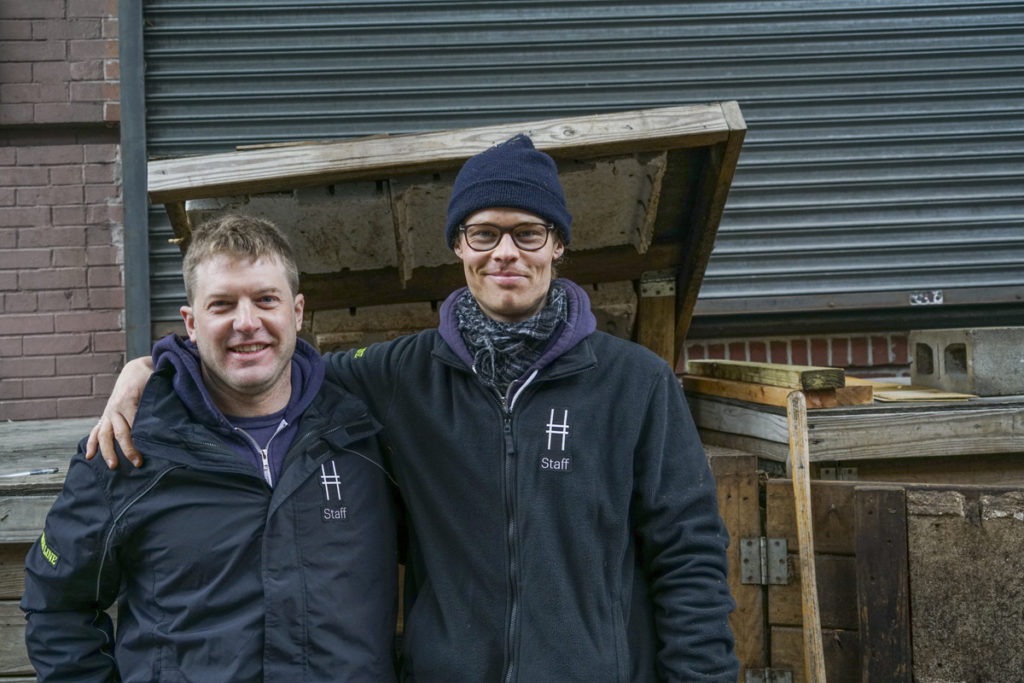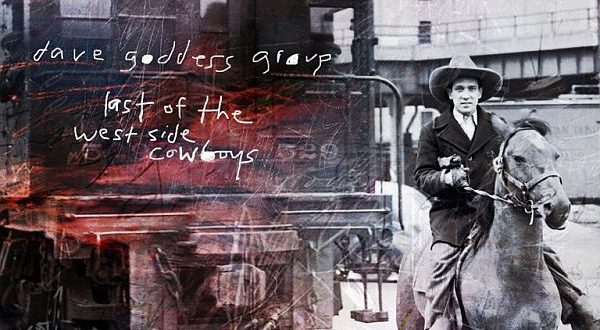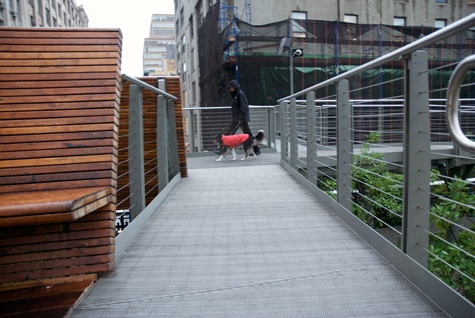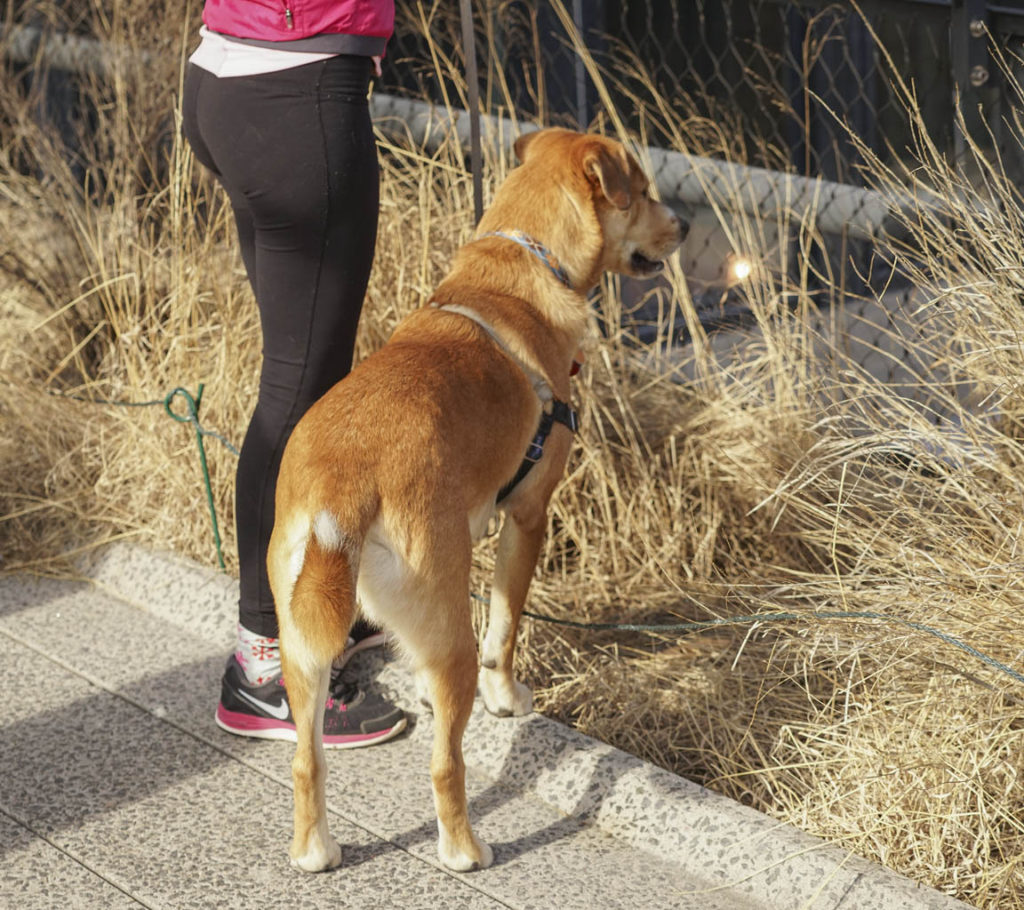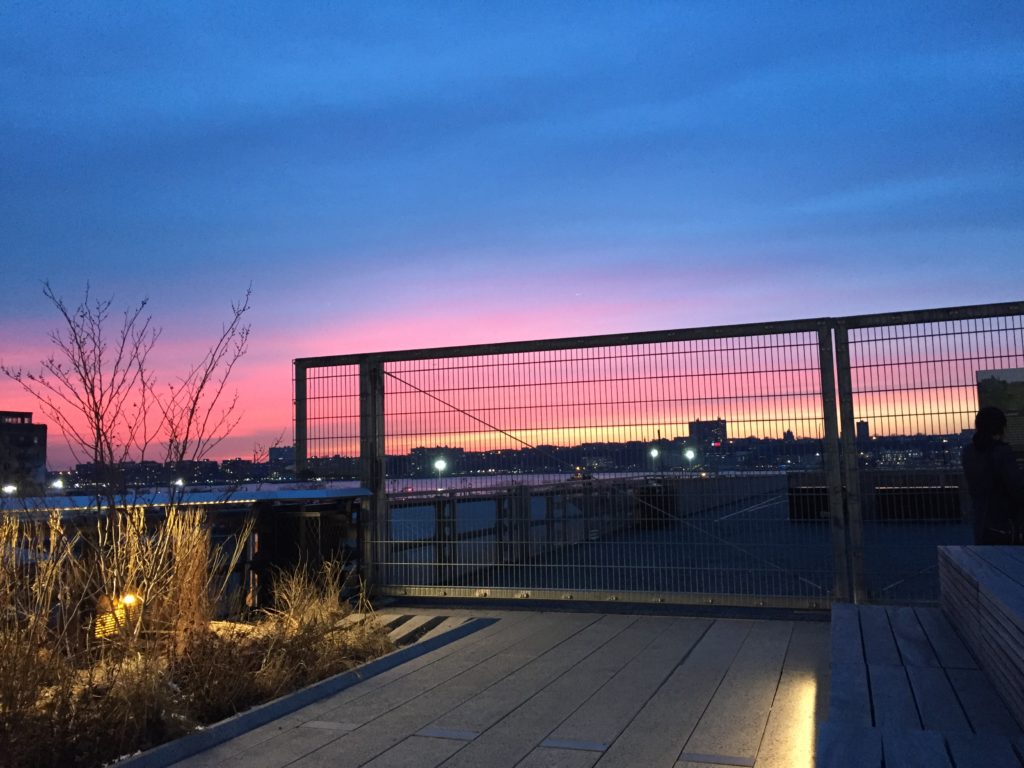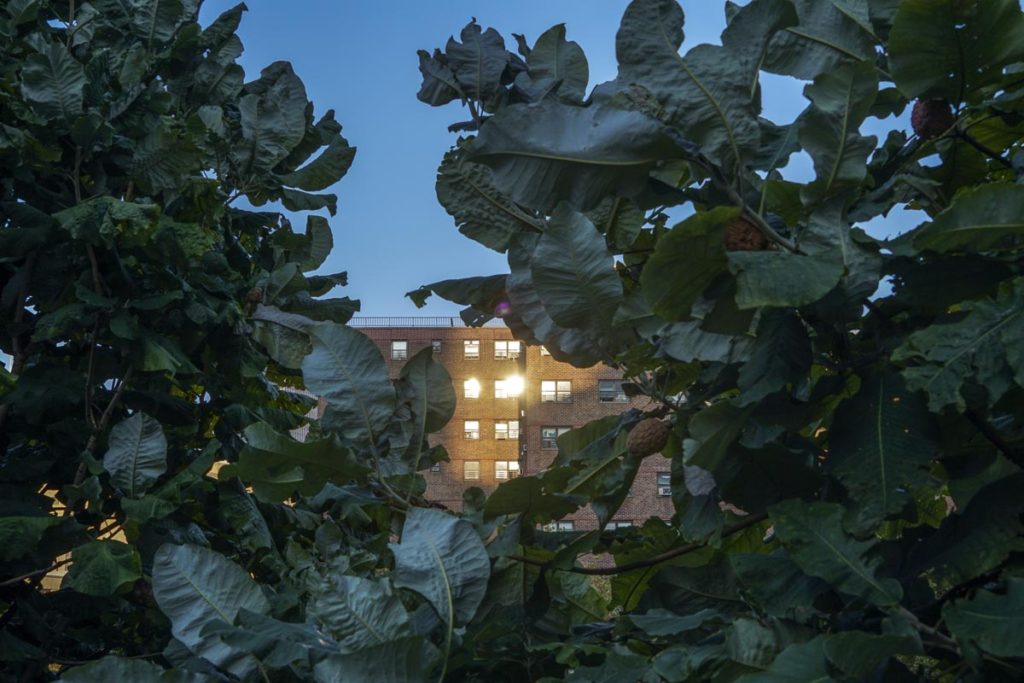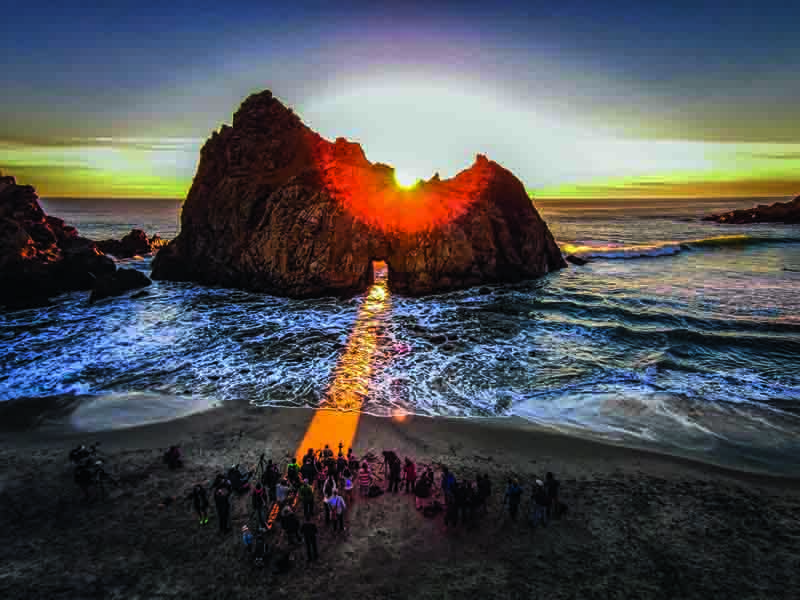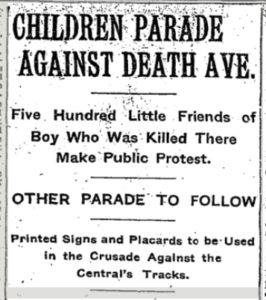 One hundred and ten years ago 500 children “no bigger than the flags they carried” marched against a danger to themselves and helped make life safer for other kids.
One hundred and ten years ago 500 children “no bigger than the flags they carried” marched against a danger to themselves and helped make life safer for other kids.
The march was held on Saturday, October 24, 1908 in response to the gruesome death of a 7-year old named Seth Low Hanscamp. According to the Times, he was playing “Follow My Leader” with a group of friends, climbing on and over the cars of a freight train that had stopped in the middle of 35th Street and 11th Avenue, in violation of city law. Neither the conductor nor the brakemen were in their proper places when the train started up again and Seth fell beneath the wheels and was crushed. Nevertheless, the city coroner exonerated the train crew and blamed the accident on the child. According to one report, 198 young people were killed by trains on Tenth and Eleventh Avenues — collectively known as “Death Avenue” — over a ten year period beginning in 1888. During the darker afternoons in November, December, and January, there were on average three deaths of school children per month. According to the New York Times, many of them were crossing the train tracks in order to carry dinner to their fathers at work.
That night in 1908 the kids marched mostly in silence and carried placards demanding that all freight trains be prohibited from their city streets.
The effort to completely remove street-level trains from Manhattan would take another four decades, and it began in earnest with Robert Moses’ 1920s plan for the West Side Improvement. That master scheme included construction of the High Line, the elevated freight viaduct that was designed, in part, to get those long, dangerous trains off the street. It operated from 1934 to 1980, and is today a world-class park.
Young Seth was named for a New York City Mayor, Seth Low, who held office between 1901-1903. His promising life was cut short in a tragic accident, but his friends rallied in the streets to bring major change, resisted by legions of grownups, that would end up saving the lives of scores of other children after him.
It worked.


